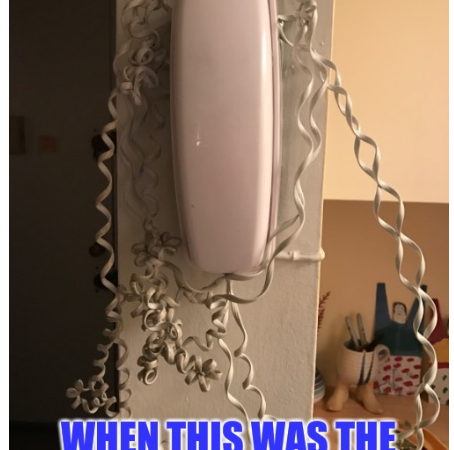The first round of voting for the 12th BFDG (British Film Designers Guild) Production Design Awards open

The first round of voting for the 12th BFDG (British Film Designers Guild) Production Design Awards opened to their members today. There are 14 categories in total made up of production design awards for film, TV and commercials released in 2022 as well as awards honouring specific individuals. All BFDG members are invited to vote on the entries in this first round which will establish the finalists.
This year has seen a record number of entries. There are 106 in total encompassing Commercials, Short Film, Television and Film. There has been a notable increase in the number of entries for Commercials and International TV Series.
All of the entries represent the outstanding talent that can be found in the British Art Department from Commercials and Short Film to International Features. The BFDG celebrate the talent of individual members through the Peter Lamont Spotlighting New Talent Award (Supported by Netflix) and the Outstanding Contribution to the Art Department Award (Supported by Warner Bros. Studios Leavesden). An individual who is respected and established within the Art Department community can be nominated for the Lifetime Achievement Award.
This year the BFDG will also be recognising an Art Department or individual Art Department crew member who champions environmental sustainability in their work with the new Planet Positive Award (Supported by Universal Pixels).
The finalists for each category will be announced on 6 January 2023 when the final vote will open. The winners will receive their awards at a ceremony to take place on Saturday 18 February at The Londoner Hotel, Leicester Square, London.






